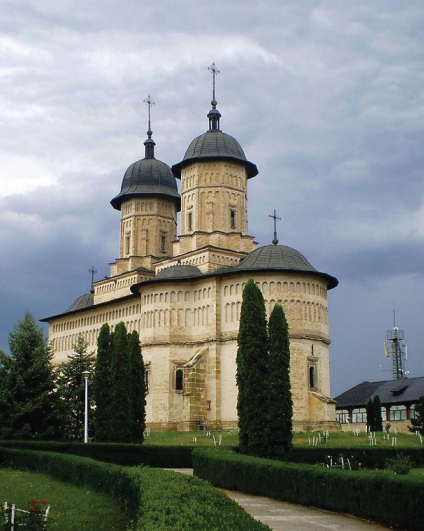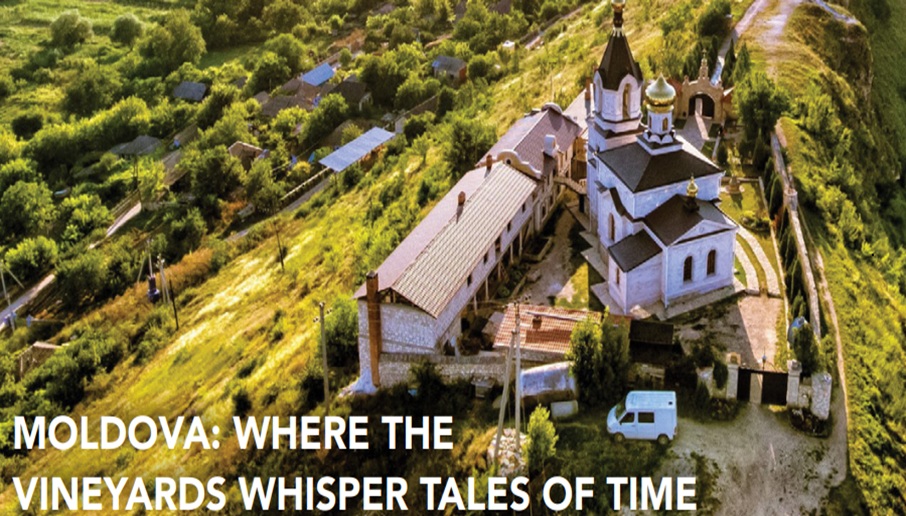
Nivedita Bhalla
In house curator (WSCI)
Wine & Spirits Club of India
As you step into Eastern Europe, the air carries a
sense of time and history. Moldova, even the
sound of the name seems like a suggestion to
discover a story that hasn’t been fully revealed
yet. Perhaps tired of the usual, well-trodden paths
of European travel, your small group of friends
decided to seek out something different: a
peaceful escape characterized by gently sloping
vineyards, truly special wines, and a culture
brimming with narratives waiting to be heard.
Situated between Ukraine and Romania, this
landlocked country is more than just a place to
visit; it’s a place where the past feels alive in the
very contours of the land.
Your first stop, Old Orhei, immediately creates
the sensation of entering another era. Imposing
limestone cliffs descend sharply towards a river
that curves through the landscape, providing
shelter to ancient cave monasteries carved
deeply into the rock. This is more than just a
pretty scene; you can almost sense the presence
of the Geto-Dacian people who once inhabited
this land, their story seemingly carried on the very
breeze that whispers through the remnants of their fortresses.
This isn’t simply about ticking off
tourist sites; it’s a direct experience of connection
to centuries of human history, something you feel
rather than just look at.
A Rich Blend of Cultural Influences
The traditions of Moldova feel vibrant, drawing from Romanian roots yet showing the influence of Ukrainian and Russian cultures. The conversations you overhear flow naturally between languages, each voice contributing to the unique cultural rhythm of the country. This isn’t a place where different identities merge into a single, indistinct whole. Instead, each influence is present in the lively folk music, the energetic dances, and, of course, the food – hearty Eastern European flavors enriched by a touch of Balkan warmth. From the delicate artistry of handcrafted textiles to festivals celebrated across generations, Moldova’s cultural identity feels like something to be lived and participated in, not just observed from a distance.
The traditions of Moldova feel vibrant, drawing from Romanian roots yet showing the influence of Ukrainian and Russian cultures. The conversations you overhear flow naturally between languages, each voice contributing to the unique cultural rhythm of the country. This isn’t a place where different identities merge into a single, indistinct whole. Instead, each influence is present in the lively folk music, the energetic dances, and, of course, the food – hearty Eastern European flavors enriched by a touch of Balkan warmth. From the delicate artistry of handcrafted textiles to festivals celebrated across generations, Moldova’s cultural identity feels like something to be lived and participated in, not just observed from a distance.
As you journey across Moldova, you begin to
notice how layers of history are interwoven into
every aspect of the land. From periods of
self-governing principalities to the more recent
Soviet era, each significant time has left its mark,
contributing to the resilient character of the
Moldovan people.
The impressive Bender
Fortress, with its design reflecting Ottoman
influences, stands as a powerful reminder of past
conflicts and the courageous individuals who defended it. Dotted across the countryside,
monasteries such as Căpriana and Hâncu offer
glimpses into a deeply rooted spiritual heritage
that continues to guide the nation even today.
A Land of Wine and Quiet Beauty
While the historical and cultural aspects of Moldova are undeniably captivating, it’s also clear that this journey has a strong connection to wine. Moldova, although perhaps not as widely recognized as some other wine regions, is a true haven for those who appreciate the art and skill of winemaking. For a moment, the often-crowded vineyards of France and Italy fade from your mind. Here, seemingly endless rows of grapevines stretch across the rolling hills, their vibrant green providing a striking contrast against the ancient monasteries that perch on the edges of cliffs. Life here seems to move at a more relaxed pace, particularly in the charming villages you pass through. Winemaking in this region isn’t a recent trend; it’s a tradition that stretches back over 5,000 years. Moldova has been an integral part of the wine world for much longer than many realize.
While the historical and cultural aspects of Moldova are undeniably captivating, it’s also clear that this journey has a strong connection to wine. Moldova, although perhaps not as widely recognized as some other wine regions, is a true haven for those who appreciate the art and skill of winemaking. For a moment, the often-crowded vineyards of France and Italy fade from your mind. Here, seemingly endless rows of grapevines stretch across the rolling hills, their vibrant green providing a striking contrast against the ancient monasteries that perch on the edges of cliffs. Life here seems to move at a more relaxed pace, particularly in the charming villages you pass through. Winemaking in this region isn’t a recent trend; it’s a tradition that stretches back over 5,000 years. Moldova has been an integral part of the wine world for much longer than many realize.
Then comes the experience of going
underground. This isn’t your typical,
run-of-the-mill wine tour; it’s quite different.
Cricova and Mileștii Mici aren’t just simple
wineries; they are extensive underground
complexes, essentially cities dedicated to the
storage and aging of wine. Imagine driving
through the long, winding tunnels of Cricova,
each one named after the specific grape varietals
maturing in the cool, dark environment. The
sheer scale of it is astonishing – 120 kilometers of
underground passages, housing millions of
bottles, including rare and valuable collections
that once belonged to prominent figures.
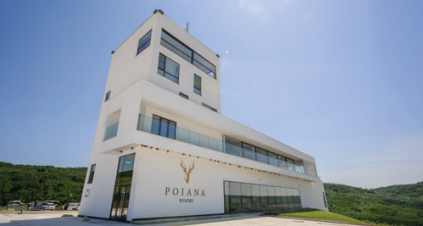
Thequiet grandeur of this subterranean world makes
you feel like a privileged visitor gaining access to
a hidden realm.
Mileștii Mici, renowned as the home of the world’s largest wine collection with over two million bottles, is an even more remarkable experience. The air itself feels heavy with the distinct aroma of aged wine, and the hushed atmosphere throughout the cellars enhances the profound sense of history preserved within these underground spaces. This is far more than just a simple wine tasting; it’s a journey deep into the heart of Moldova’s long-standing winemaking tradition. Each sip of wine seems to carry a story, making you feel like a traveler who is uncovering something truly extraordinary and significant.
Mileștii Mici, renowned as the home of the world’s largest wine collection with over two million bottles, is an even more remarkable experience. The air itself feels heavy with the distinct aroma of aged wine, and the hushed atmosphere throughout the cellars enhances the profound sense of history preserved within these underground spaces. This is far more than just a simple wine tasting; it’s a journey deep into the heart of Moldova’s long-standing winemaking tradition. Each sip of wine seems to carry a story, making you feel like a traveler who is uncovering something truly extraordinary and significant.
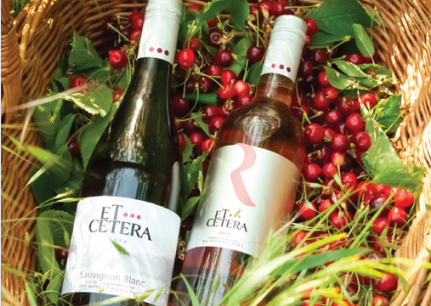
Charm of Family Wineries and Wine Routes
Beyond the well-known estates of Cricova and
Mileștii Mici, the true essence of Moldovan wine
can be found in the numerous family-run, smaller
wineries scattered across the picturesque
countryside. Each of these wineries possesses its
unique character, often shaped by the knowledge
and traditions passed down through generations
who have carefully tended to the land. At Castel
Mimi, a beautiful 19th-century estate, you can
wander through elegant halls where the history of
the place and the craftsmanship of winemaking
beautifully intertwine. At Et Cetera, a smaller,
more intimate winery, the owners often share
their deep passion for their craft, and their
carefully produced wines reflect their profound
respect for the land from which they come.
Then there is Poiana Winery, somewhat hidden
within Moldova’s oldest forest, where traditional
winemaking techniques are diligently preserved.
Tasting wine in this setting, surrounded by
towering ancient trees, creates a powerful feeling
of connection to a history that spans many
centuries.
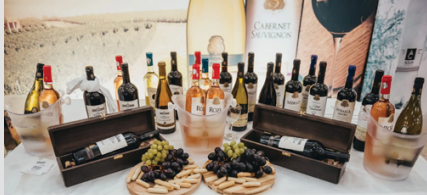
Moldova has also thoughtfully developed
dedicated wine routes, the lush Codru Route, the
sun-drenched Ștefan Vodă Route, and the
historically significant Valul lui Traian Route, which
effectively tie all these experiences together.
These routes do more than simply connect
various wineries; they create immersive journeys
through the rich heritage of Moldova. The Codru
region, with its rolling hills and dense forests,
perfectly combines the pleasure of wine tasting
with opportunities to visit secluded and peaceful
monasteries. The Ștefan Vodă region, particularly
known for its bold red wines, is home to the
historic Purcari Winery, whose history dates back
to 1827. The Valul lui Traian route meanders
through landscapes steeped in ancient history,
providing a unique chance to experience the
blending of long-standing traditions with modern
approaches to viticulture. Every turn along these
routes seems to reveal another fascinating
chapter in Moldova’s ongoing story.
History, Hospitality, and Lasting Memories
While the exceptional wines of Moldova are undoubtedly a significant draw for many visitors, the country offers a wealth of other authentic experiences for those seeking something beyond the typical tourist trail. Beneath the visible layers of history, you discover a nation of people who greet visitors with genuine sincerity and heartfelt warmth. In Old Orhei, the ancient cave monasteries provide a tangible connection to the spiritual lives of Moldova’s earliest inhabitants. At the impressive Soroca Fortress, situated on the banks of the Dniester River, you can almost imagine yourself transported back to an era of knights and significant battles.
While the exceptional wines of Moldova are undoubtedly a significant draw for many visitors, the country offers a wealth of other authentic experiences for those seeking something beyond the typical tourist trail. Beneath the visible layers of history, you discover a nation of people who greet visitors with genuine sincerity and heartfelt warmth. In Old Orhei, the ancient cave monasteries provide a tangible connection to the spiritual lives of Moldova’s earliest inhabitants. At the impressive Soroca Fortress, situated on the banks of the Dniester River, you can almost imagine yourself transported back to an era of knights and significant battles.
Even Chișinău, the capital city, offers a surprising
blend of Soviet-era architectural styles and a
palpable, growing modern energy.
The city
features interesting museums, tranquil parks that
provide respite from urban life, and an atmosphere of a place eager to be explored and
discovered. Yet, what truly stays with you long
after you leave is the genuine kindness of the
Moldovan people. The conversations you have
feel authentic, the smiles you receive are truly
welcoming, and every interaction leaves a lasting
positive impression.
Strategically located in Eastern Europe, its
aspirations for closer European integration add
another interesting dimension to its unfolding
national narrative. Choosing to explore Moldova
means embracing a country that possesses an
understated charm and a deep sense of
authenticity. It is a place where the weight of
history, the richness of its culture, and the
genuine warmth of its people combine to create
an experience far beyond simple tourism.
For travelers seeking something more meaningful
and less predictable than the usual popular
destinations, Moldova extends a genuine
invitation to uncover something truly rare and
special. As the time comes to prepare for your
departure, you realize that Moldova has left a
significant mark – not just on your travel itinerary,
but more importantly, in your lasting memories.
The whispers of the East will continue to resonate
within you, a reminder of a land of quiet beauty
and enduring spirit.
